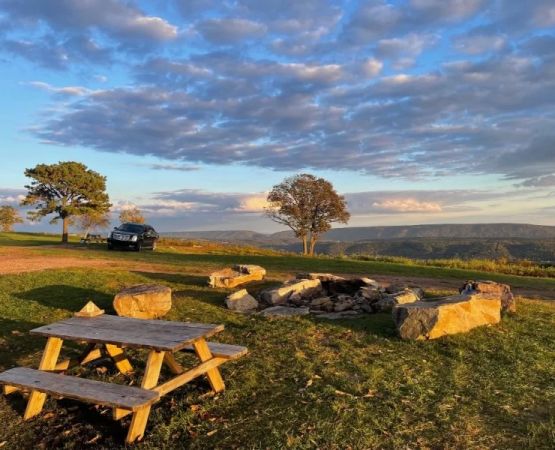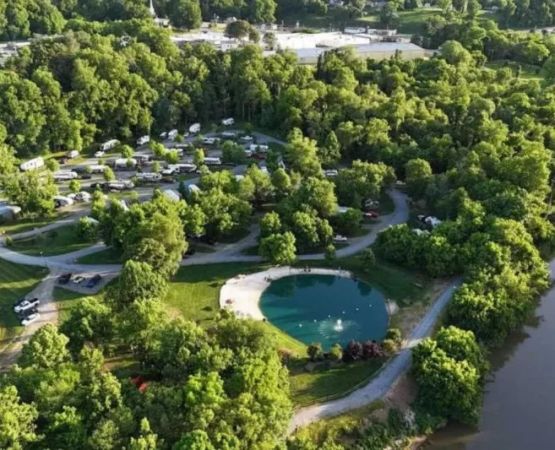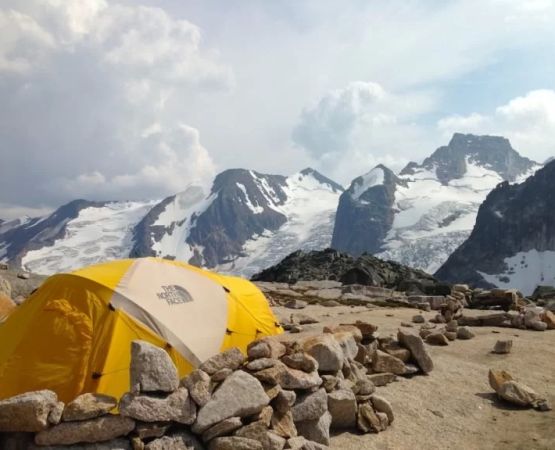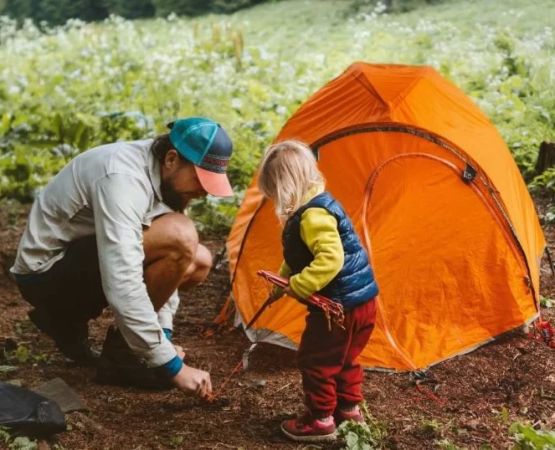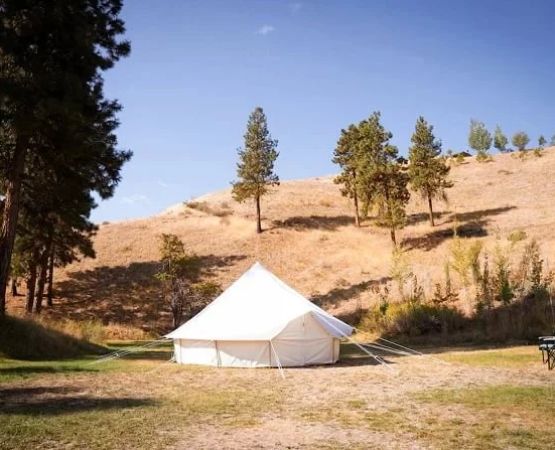Guide to Primitive Campsites vs Developed Campgrounds
- 1 - What Defines Primitive Campsites
- 2 - What Defines Developed Campgrounds
- 3 - Pros and Cons of Primitive Campsites
- 4 - Pros and Cons of Developed Campgrounds
- 5 - Safety and Preparedness Considerations
- 6 - Real Case Study: A Tale of Two Camping Trips
- 7 - How to Choose Between Primitive and Developed Sites
- 8 - Where to Start Your Camping Journey
What Defines Primitive Campsites
Primitive campsites represent the most natural, rugged form of camping. They are often located deep in national forests, along trails, or near secluded lakes. These sites usually lack running water, electricity, or even defined parking areas. The defining trait of primitive campsites is their minimal infrastructure—just you, your gear, and nature. Campers bring their own supplies, dig fire pits if permitted, and rely on portable stoves and lanterns for cooking and light. This approach appeals to those seeking solitude, self-reliance, and a stronger connection with the natural environment.
For many outdoor enthusiasts, primitive campsites offer a sense of freedom not found in structured campgrounds. There are fewer rules, fewer neighbors, and more opportunities for exploration. However, this freedom requires responsibility. Campers must pack out all trash, minimize environmental impact, and prepare for unpredictable conditions such as weather shifts or wildlife encounters. Primitive camping is less about comfort and more about immersion in the wilderness experience.
What Defines Developed Campgrounds
Developed campgrounds, by contrast, are built with comfort and accessibility in mind. These sites often feature running water, flush toilets, electricity hookups, and even Wi-Fi at some modern facilities. Many developed campgrounds include picnic tables, designated fire rings, and nearby convenience stores. They are often family-friendly, attracting campers who want a taste of the outdoors without sacrificing amenities. National parks, state parks, and private resorts commonly maintain developed campgrounds, ensuring they are easy to access and well-regulated.
For families with children, developed campgrounds provide peace of mind and convenience. Parents can focus on relaxation rather than survival logistics. These campgrounds are also ideal for beginner campers or those who want to mix camping with day trips to nearby attractions. For example, a developed campground near a major park might allow visitors to enjoy hiking during the day and return to hot showers and a comfortable sleeping setup at night.
Pros and Cons of Primitive Campsites
Primitive camping offers unparalleled privacy and immersion in nature. The pros include fewer crowds, lower costs (often free), and the opportunity to disconnect from technology. Many adventurers highlight the tranquility of waking up to nothing but birdsong and fresh air. It’s a digital detox with real psychological benefits. However, the cons are equally real: lack of amenities means no clean bathrooms, no potable water, and limited access to emergency services. If a storm rolls in or gear fails, campers must rely on preparation and resilience.
Primitive camping can also present legal and environmental challenges. Some areas require permits, and fire restrictions may change daily. Without proper knowledge of Leave No Trace principles, campers risk damaging fragile ecosystems. Still, for seasoned adventurers, these challenges are part of the appeal—they add to the authenticity of the experience.
Pros and Cons of Developed Campgrounds
The strengths of developed campgrounds lie in their convenience. You can pull your RV into a designated spot, hook up to electricity, and have running water within minutes. Restrooms, showers, and camp stores simplify logistics, and ranger staff provide added safety. Developed campgrounds are also social spaces, where campers meet like-minded travelers around shared fire pits or events. They offer a community atmosphere that appeals to families, retirees, and group travelers.
Yet, these conveniences come at a price—both financial and experiential. Fees can range from $20 to $60 per night, and reservations often book out months in advance. Privacy is limited, with sites positioned close together. Noise from neighbors, RV generators, or nearby roads may reduce the sense of escape. For some campers, this “structured” environment feels more like an outdoor hotel than a true wilderness retreat.
Safety and Preparedness Considerations
Whether you choose primitive campsites or developed campgrounds, safety must be a priority. Primitive camping requires advanced preparedness: water filtration systems, first-aid kits, bear-proof food storage, and navigation tools like maps or GPS. Without these, small inconveniences can escalate into emergencies. Developed campgrounds provide more immediate access to help, but campers should still practice caution. Fires must be monitored, food stored properly, and wildlife respected.
A common mistake among beginners is underestimating the challenges of primitive camping. Stories abound of hikers who carried too little water or campers who didn’t secure food from raccoons. On the flip side, some travelers at developed campgrounds feel too secure and neglect basic precautions like fire safety. In both cases, balance and awareness are key.
Real Case Study: A Tale of Two Camping Trips
Consider two families: the Johnsons and the Garcias. The Johnsons, avid backpackers, opted for a primitive campsite deep in Colorado’s San Juan National Forest. They carried in all supplies, filtered water from a stream, and enjoyed star-filled nights without another soul nearby. While the experience was transformative, they also faced challenges—a sudden storm tested their gear and required quick adjustments. Their reward was unforgettable solitude and resilience.
The Garcias, on the other hand, chose a developed campground near Yellowstone. Their kids loved the playground and ranger-led programs. They enjoyed hot showers after hikes and bought forgotten supplies at the camp store. While their site was busy with neighbors, the convenience made the trip stress-free and ideal for family bonding. This contrast highlights how each camping style caters to different goals and expectations.
How to Choose Between Primitive and Developed Sites
The choice between primitive campsites and developed campgrounds depends on your comfort level, goals, and experience. If you crave solitude, self-sufficiency, and minimal cost, primitive camping may be right. If you prioritize comfort, accessibility, and family activities, developed campgrounds are a better fit. Think of it as choosing between an off-the-grid adventure and a curated outdoor vacation. Both have their merits—it comes down to what experience you want to walk away with.
Before deciding, ask yourself: Do I feel confident managing without amenities? Am I prepared for unpredictable weather and isolation? Or do I want structured facilities and social interaction? Your answers point toward the right choice. And if you’re still unsure, start with a developed campground and transition to primitive sites as your skills grow.
Where to Start Your Camping Journey
If you’re new to camping, begin at a developed campground to build confidence. As you grow comfortable, experiment with primitive sites for shorter stays before fully committing. Many travelers blend both styles—spending a few days in a developed campground for convenience, then venturing into primitive campsites for adventure. This hybrid approach offers the best of both worlds.
For tailored recommendations on gear, site selection, and seasonal tips, consider exploring options through 【Pine Cliff Resort 】. Their resources and services can help you decide which style of camping fits your lifestyle, making sure you’re well-prepared for whatever the outdoors brings.


